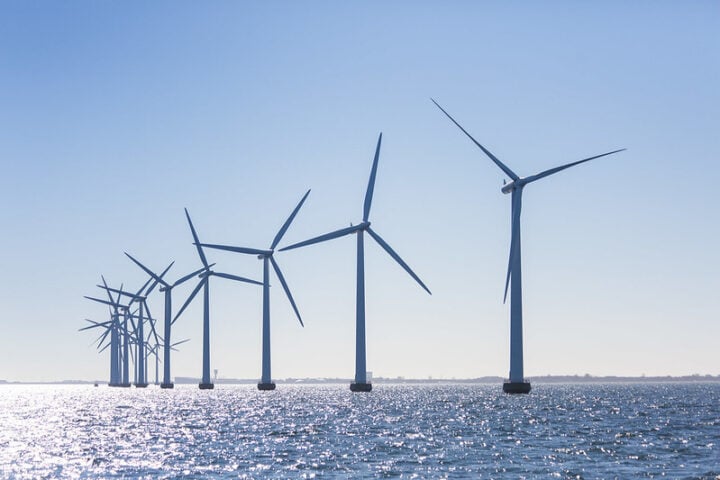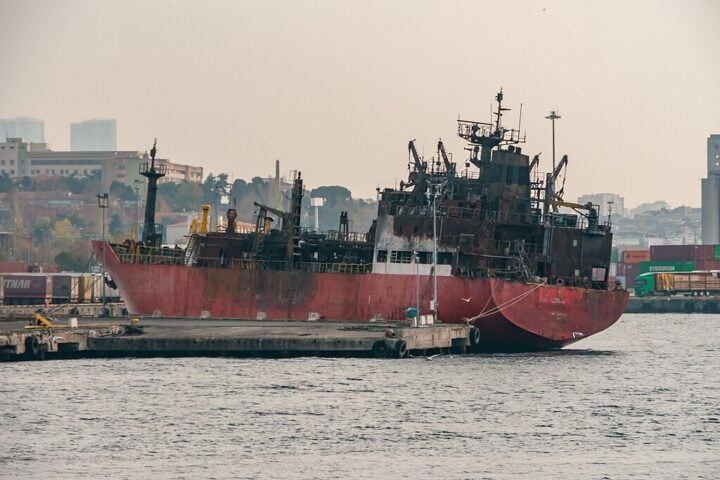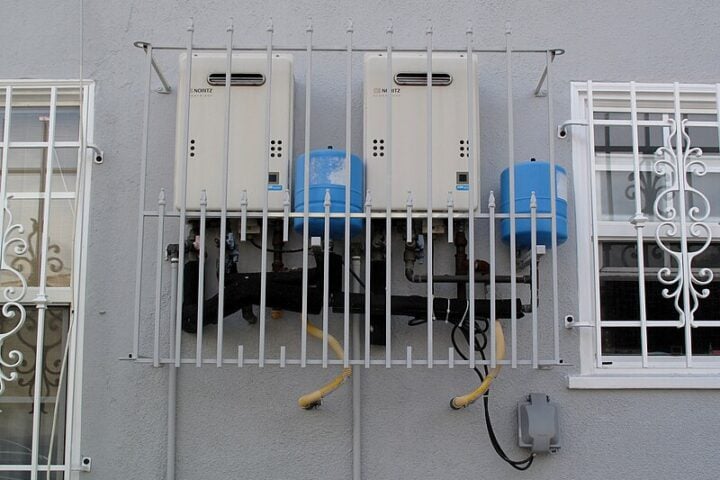Thanks to new autonomous robotics technology developed at the University of Edinburgh called Project UNITE, offshore wind maintenance costs could plummet by 97%. The system slashes daily fuel consumption from 7,000 to 200 liters by replacing traditional vessel-based operations with AI-powered robots that can maintain position stability in turbulent seas.
The robotic system operates via seafloor-tethered wave sensors transmitting real-time directional and amplitude data. This enables dynamic positioning capabilities even amid irregular, buffeting waves. Dr. Kyle Walker, lead developer of the control algorithms, explains the technical breakthrough: “A major limitation at present is robots’ ability to perceive and counteract environmental disturbances effectively, which fundamentally restricts the current use of small subsea vehicles. By forming a prediction of future wave disturbances and integrating this within the control system, we’re able to expand this range with little to no change to the robot hardware.”
FloWave tank testing validated the system using North Sea wave spectra collected from wave-detecting buoys. The robots demonstrated stable positioning in surface operations and subsea environments at greater depths, where wave forces still create significant disturbances. The control system processes wave prediction data through advanced computational tools, achieving faster response times than conventional reactive controls.
The autonomous maintenance platform incorporates machine learning and 3D semantic mapping capabilities for real-time infrastructure monitoring. This enables precise inspection tasks during maintenance operations. Dr. Francesco Giorgio-Serchi from Edinburgh’s School of Engineering notes the industrial impact: “Advancing this technology further could help bring about a step change in the adoption of unmanned robots at sea and drastically increase the degree of automation in the offshore sector.”
Current offshore wind operations require crew transfer vessels to burn 7,000 liters of marine diesel daily, with additional helicopter support. The autonomous system eliminates these emissions while removing human personnel from hazardous environments where wave conditions make manual operations challenging.
Similar Posts
The ORCA Hub initiative provided the collaborative framework involving Edinburgh and Heriot-Watt University alongside Imperial College London, Fugro, and Frontier Robotics. The National Robotarium’s testing facilities enabled validation across different sea states modeled on North Sea conditions, where most European offshore wind capacity operates.
Integration challenges remain around standardizing the robotic interface across various turbine designs. Regulatory frameworks from certification bodies are still evolving to accommodate autonomous offshore operations.
The control system software stack runs on edge computing hardware, with processors handling the real-time wave prediction algorithms. The system enables robots to pre-empt complex future disturbances in the water, precisely counteracting these to maintain a stable position.
Research published in the International Journal of Robotics Research (DOI: 10.1177/02783649241286909) details the nonlinear model predictive control algorithms enabling this performance. The Engineering and Physical Sciences Research Council supported the development of wave prediction and control system integration.
Future research aims to improve autonomous machines’ ability to perform precise tasks – such as using robotic arms to detect rust or fix electric equipment – while holding steady positions in water. The team continues developing the technology to expand its operational capabilities while maintaining positioning accuracy for detailed inspection and repair tasks.

















